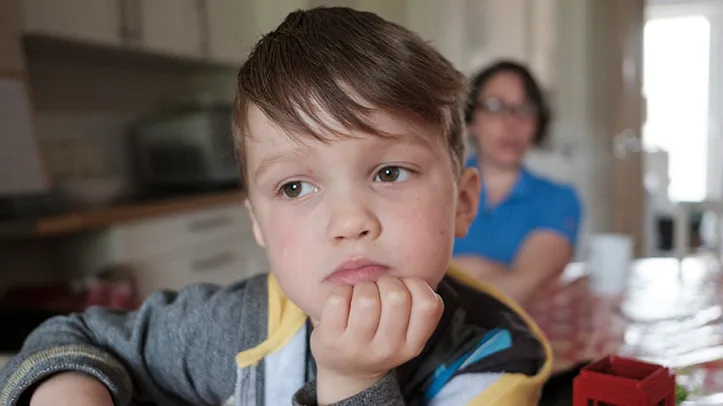Photographers Karla Gachet and Ivan Kashinsky have launched a major visual series documenting cumbia’s journey from its Colombian roots across six countries, highlighting its cultural significance.

October 1, 2025

Source:
North Country Public Radio
New Series Documents Cumbia's Path Across the Americas
Photographers Karla Gachet and Ivan Kashinsky have released a comprehensive visual documentary chronicling the journey of cumbia, one of Latin America's most influential musical genres. The project traces the music from its origins in Colombia to its modern-day expressions across the Americas.
Supported by the National Geographic Explorer Program, the series is the culmination of extensive travel and immersive fieldwork.
Project Scope
The documentary follows cumbia's cultural footprint through several key locations:
Colombia
Mexico
Ecuador
Peru
Argentina
The United States
Their work, presented in bilingual "Picture Shows," captures not only the music but also the communities and traditions that have shaped and been shaped by cumbia. A curated playlist accompanies the visual narrative, offering a rich auditory experience. More about their approach can be seen through their work with outlets like Panos Pictures.
Keep up with the story. Subscribe to the PR+ free daily newsletter

Source:
NPR
The Origins and Significance of Cumbia
Cumbia emerged on Colombia’s Caribbean coast during the colonial era. It is a rich cultural fusion, born from a blend of African, Indigenous, and European influences.
Initially the soundtrack of the working class, the genre evolved as it spread, symbolizing Latin American identity and the stories of migration.
A Cultural Unifier
As detailed in NPR's visual series featuring their work, cumbia became a cultural fixture in both rural villages and bustling urban centers. Its ability to adapt to new cultural contexts in each country it reached is a central theme of the photographers' project. The music serves as a vessel for cultural resilience and community connection across the hemisphere.
Read More

Source:
NPR
Share this news:



















